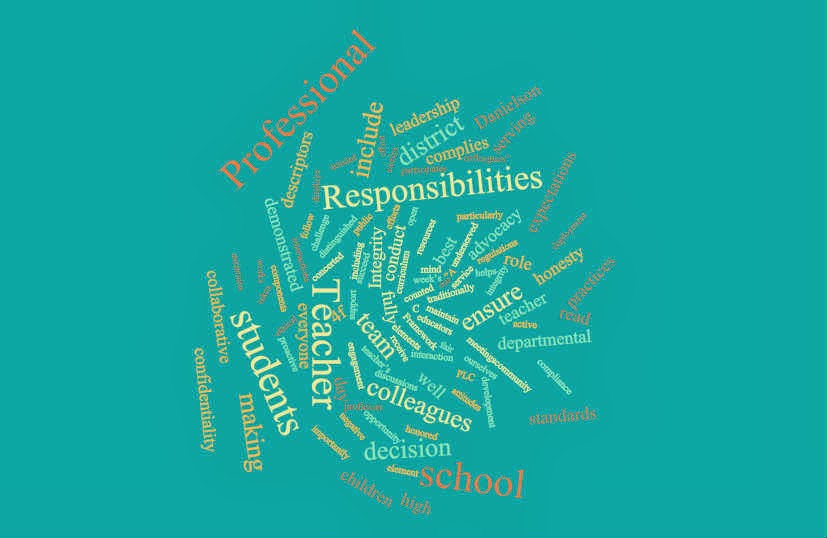Today’s students have the world in the palm of their hands! Our rollouts brought a device to each student that has an unlimited number of resources. Teachers are tasked with finding and aligning these resources for just right instruction as well as personalized learning experiences. We pull from myriad places to build instruction based on student need and essential skills.
In a proficient classroom...the teacher displays awareness of resources beyond those provided by the school or district, including those on the Internet, for classroom use and for extending one’s professional skill, and seeks out such resources.
In an advanced classroom...the teacher’s knowledge of resources for classroom use and for extending one’s professional skill is extensive, including those available through the school or district, in the community, through professional organizations and universities, and on the Internet.
We have a short blog this week to take a moment to thank you all for the amazing things you accomplish with kids everyday. You manage to be moms, dads, physicians, psychologists, authors, actors, motivational speakers, cheerleaders, artists, and traffic directors all in the same day! Truly, you are nothing less than magicians. Never underestimate the power of each interaction you have each day. Never doubt the good you bring into a child’s life. We hope you leave the week feeling the gratitude of so many for holding up our community of learners.
This week’s blog question is a fill in the blank. Being a teacher is like being a _________.









